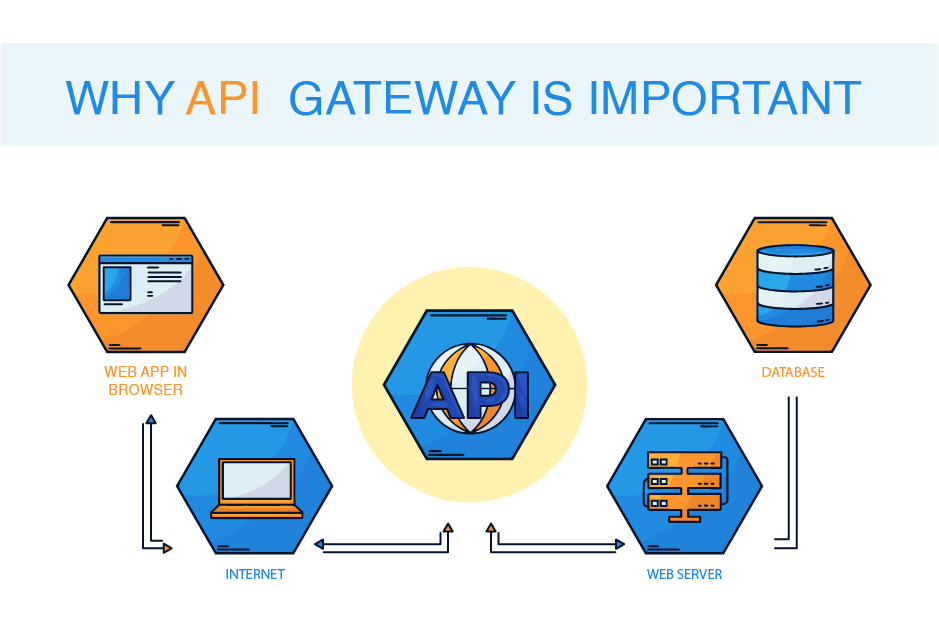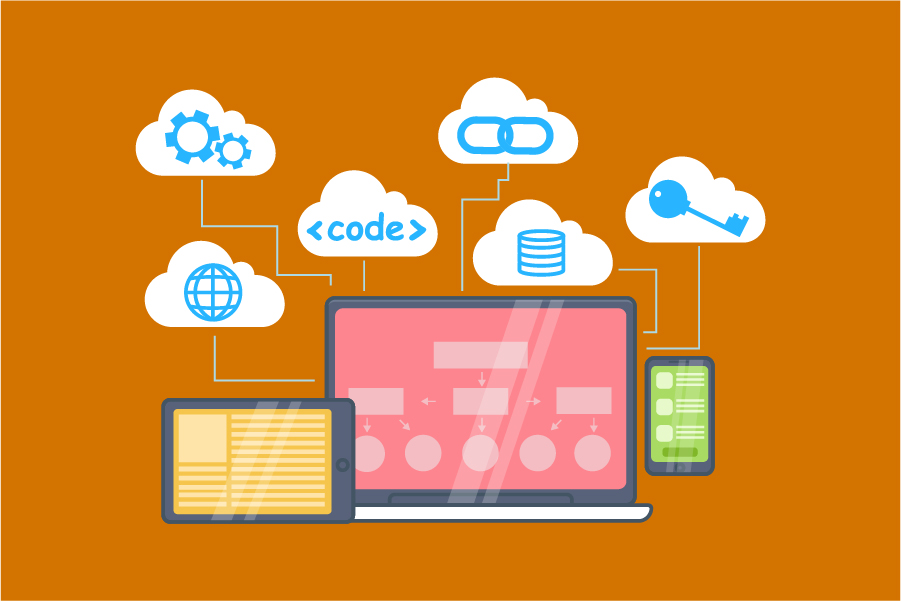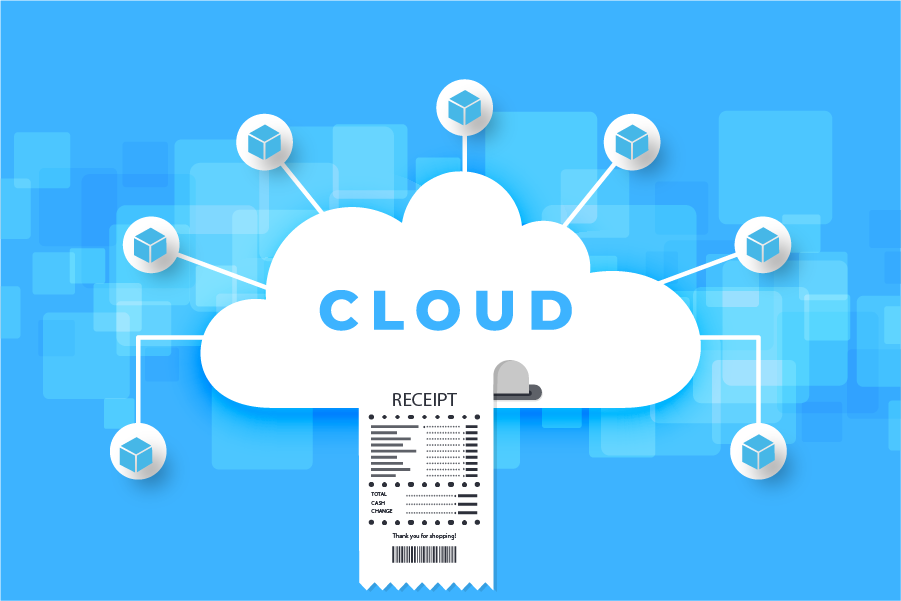In today’s times, modernization is imperative for organizations and businesses. Technology leaders have the sound idea that in order to drive business value, infrastructure needs to be evolved. It makes the business operations more flexible, efficient and cost effective.
Here comes the concept of app modernization!
It is a practice of upgrading the old software for the new computing approaches. It includes the new implementation of languages, frameworks, and infrastructure platforms. The modern and advanced technologies like containerization on cloud platforms and serverless computing mean that businesses need to meet their respective objectives.
Additionally, there are an overwhelming array of potential paths. Even though what needs to be done is clear, the approach is unclear.
Let’s read more about application modernization patterns and antipatterns.
Application Modernization Context
The process of taking the currently existing legacy application and modernizing its infrastructure- the internal infrastructure. It helps improve pace of new feature delivery, improve scalability, boost performance of application, and expose the functionality of an array of new cases.
Critical Capabilities to look for When modernizing your infrastructure
The IT teams need to go beyond the regular shifting and lifting to migrate and modernize with confidence. So, in order to meet the challenges of the application modernization:
Cost and resource requirement comparison
It helps evaluate and find the right size of workload migration based on the organization’s unique infrastructure as well as the usage before selecting the cloud service provider.
Integrations
They help in ingesting different metrics, topologies and events from numerous third party solutions for the extensive visibility.
Dynamic Service modeling
Have a comprehensive topology of view of services that helps enable service centric monitoring for a continuous visibility into the state of business software.
Intelligent Automation and Analytics
Identify the best opportunities for automated and corrective action as well as detect trends, patterns, and anomalies before the breaching of baselines.
Technology driven cases
The implementation of artificial intelligence and machine learning helps derive correlation, root cause isolation, and situation management that further helps in reducing the mean time to repair (MTTR).
Log Analytics and Enrichment
Across all the wide variety of data sources we have access to, they help in achieving the early diagnosis of potential issues with the application and also avoid service disruptions.
Meeting the What if Situations
Understand the impact of different business drivers and the right size Kubernetes to help deal with the what if situations. Ensure that the resources are optimally brough to use to optimize container environment, and make sure all the resources are allocated and provisioned efficiently.
Modernization Patterns and Antipatterns
A pattern is considered more of a general form of an algorithm. Where the algorithm focuses on specific programming tasks, the pattern emphasizes challenges beyond the boundary and into areas like increasing the maintainability of code, reducing defect rates, or allowing the teams to work together efficiently.
On the other hand, Antipattern is considered a common response to a recurring problem that is ineffective and has risks of being highly counterproductive. Note that it is not the opposite of patterns- as it does not just include the concept of failure to perform the right thing. Antipatterns incorporate the set of choices that seem ideal at the face value but lead to challenges and difficulties in the long run.
The reference to “Common response” indicates that antipatterns are not occasional mistakes. In fact, they are the common ones that are followed with good intentions. Along with regular patterns, the antipatterns can be either very specific or broad.
In the realm of programming languages and frameworks, there are over hundreds of antipatterns to consider.
Application Modernization for Enterprises
Most enterprises indulge in crucial investments in their existing application portfolio- from both operational and financial points. Few companies are even willing to start over and retire with their existing applications. Sure, the costs, productivity losses, and other relative issues are magnificent. Therefore, the application modernization makes more sense in order to realize and leverage the new software platforms, architectures, tools, libraries, and frameworks.
Planning on application modernization for your enterprise? Connect with our experts now for an extensive solution.
















